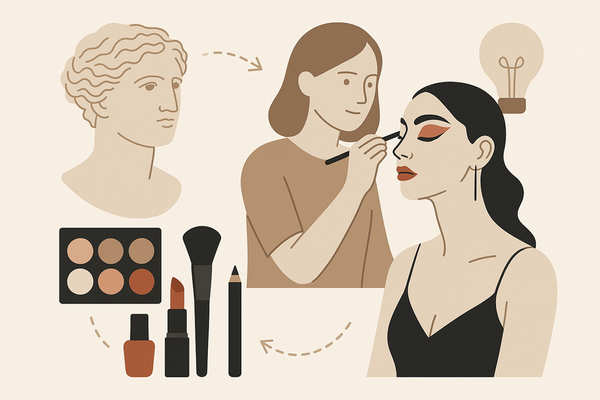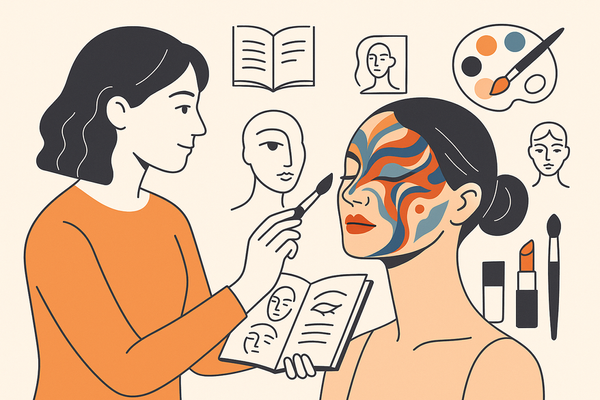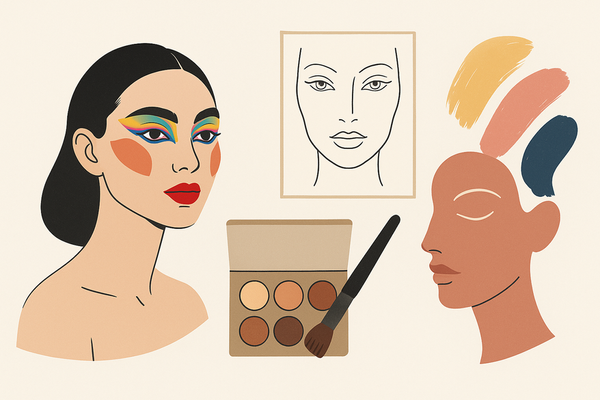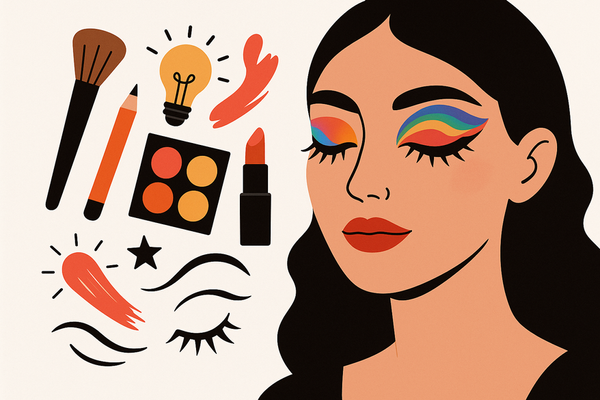Innovative Beauty Product Technologies: Revolutionizing Personal Care
Explore how innovative beauty product technologies like AI, AR, and biotechnology are transforming personal care with tailored, effective, sustainable solutions.
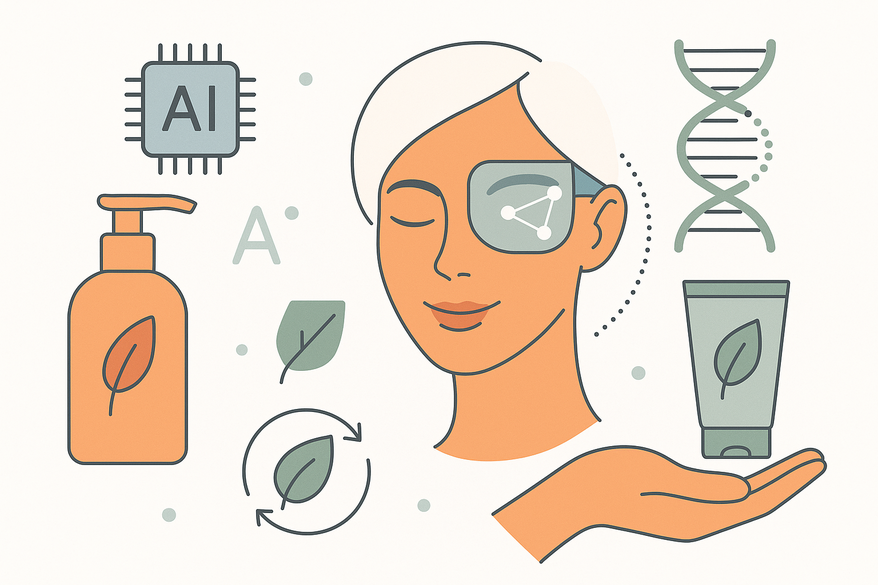
Estimated reading time: 8 minutes
Key Takeaways
- Integration of advanced tech: AI, AR and biotechnology deliver personalized and effective beauty solutions.
- Market growth: Industry projected to reach $80 billion by 2025, driven by customization and interactive tools.
- Major trends: AI-powered diagnostics, 3D-printed formulations, biotech ingredients, AR try-ons.
- Data-driven personalization: Smart devices and digital ecosystems fuel predictive skincare and tailored recommendations.
- Future outlook: Predictive skincare algorithms, wearable beauty devices, sustainable circular packaging.
Table of Contents
- Background and Historical Perspective
- Key Milestones
- Current Trends in Innovative Beauty Product Technologies
- In-Depth Look at Specific Innovations
- Technological Drivers and Research
- Consumer Impact and Market Influence
- Future Outlook and Emerging Possibilities
- Conclusion
- FAQ
Background and Historical Perspective
The story of innovative beauty product technologies starts with ancient home remedies and simple plant extracts. Over time, science-backed formulations emerged, and the last decade saw a radical shift toward digital diagnostics and personalized beauty driven by data analytics. Today, AI, AR, and biotechnology move us from one-size-fits-all creams to hyper-personalized regimens tailored to each user’s unique needs.
Key Milestones
- Traditional Remedies to Lab Formulas: Early human civilizations used oils and herbs; science added synthetic actives and testing protocols.
- Rise of Data and Digital Tools: Mobile apps and connected devices now gather skin data, making beauty routines smarter.
- AI, AR, Biotechnology Era: These tools customize products down to the molecule, enabling tailored serums and virtual makeup try-ons.
Current Trends in Innovative Beauty Product Technologies
Leading brands and startups are racing to launch new beauty tech solutions. Here are the five big trends reshaping personal care today:
AI-Powered Beauty Diagnostics
Deep learning models in mobile apps analyze skin images to assess texture, hydration, and potential issues. Benefits include tailored skincare routines, predictive spot prevention, and fewer product mismatches. Learn more about AI-powered routines.
Personalized Skincare & 3D-Printed Products
Data-driven profiles power on-demand formulations, with 3D printers mixing serums, masks, and creams in precise doses for custom actives, minimal waste, and packaging savings.
Biotechnological Ingredients
Lab-grown peptides, algae extracts, and microbe-derived enzymes from green chemistry labs offer eco-friendly sourcing, superior safety, and high bioavailability of actives.
AR Virtual Try-On Apps
Augmented reality overlays let users test makeup shades and hair colors in real time, boosting engagement, lowering return rates, and increasing e-commerce conversions. For a full tutorial.
Trend Summary
These innovations set new standards for efficacy, convenience, and sustainability in beauty routines. From precise diagnostics to virtual makeup, consumers now demand—and receive—products that adapt to their unique biology and lifestyle.
In-Depth Look at Specific Innovations
Smart Skin Analysis Devices
Portable gadgets and smart mirrors use sensors and AI to measure moisture, elasticity, and pigmentation in seconds. L’Oréal’s Perso dispenser, in partnership with Nvidia, brings advanced AI diagnostics into the home. Benefits include objective, 24/7 skin health tracking and instant product recommendations; challenges involve data privacy, algorithm bias, and consumer comfort.
AR Virtual Try-Ons
Apps like YouCam Makeup simulate cosmetics in real time using face-mapping and AR. L’Oréal’s ModiFace drives over 1 billion downloads, boosts online sales, and cuts product returns by offering realistic shade matching and engaging digital shopping.
Sustainable Beauty Tech
On-demand 3D printing of formulas and biotech-derived actives like lab-grown peptides reduce carbon footprints, support ethical sourcing, and align with zero-waste and circular packaging goals.
Technological Drivers and Research
Brands now invest heavily in AI, IoT, machine learning, and rapid prototyping to spin up new formulas in weeks instead of months. Digital ecosystems capture user data from apps and wearables, fueling predictive skincare algorithms and hyper-personalized product recommendations. Collaborations like L’Oréal + Nvidia and Estée Lauder + Apple showcase how open innovation accelerates beauty tech solutions.
Consumer Impact and Market Influence
Modern consumers want ultra-personalized, data-driven products. Beauty apps let users co-create and refine formulas, putting R&D in the hands of end users. The beauty tech sector hit nearly $69 billion in 2024 and is projected to reach $80 billion by 2025, underscoring the huge market pull of these innovations. Ingredient traceability via blockchain and tailored formulas address consumer demands for transparency and personalization.
Future Outlook and Emerging Possibilities
- AI-Driven Predictive Skincare: Algorithms forecast skin issues before they appear; see how AI analysis transforms your style.
- Advanced Wearable Beauty Devices: Smart patches and tech-infused sensors deliver actives over time.
- Circular Packaging & Carbon-Neutral Production: End-to-end green beauty solutions.
Conclusion
A quick way to experience these advancements firsthand is with Makeup Check AI. Here’s a brief look at how it works:
Innovative beauty product technologies—from AI diagnostics to AR try-ons and biotech ingredients—are redefining personal care with personalized, effective, and sustainable routines. Embrace these changes to empower both your daily regimen and your business strategy for a tech-driven, transparent, and tailored future in beauty.
FAQ
- What are innovative beauty product technologies?
They integrate AI, AR, connected devices, and biotechnology into beauty products to deliver personalized, effective routines. - How do AI-powered beauty diagnostics benefit consumers?
They use deep learning to analyze skin images, offering tailored skincare routines, predictive prevention, and fewer product mismatches. - What trends define the future of beauty technology?
Expect AI-driven predictive skincare, advanced wearable devices, sustainable packaging, and carbon-neutral production methods.

